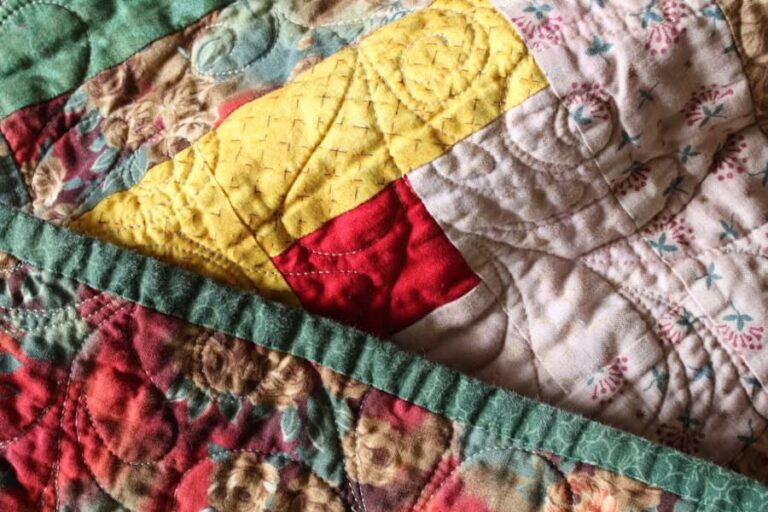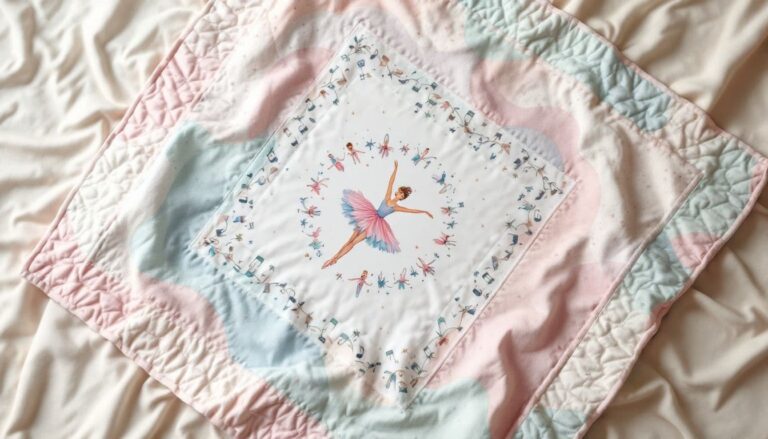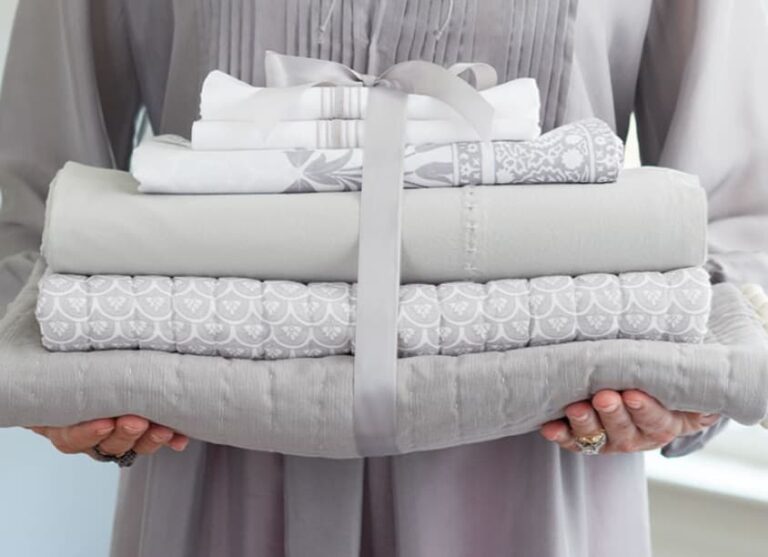As any quilter knows, the right tools are essential for creating beautiful, precise quilts. Whether you’re a seasoned pro or a beginner just starting out, taking good care of your quilting tools can make a world of difference in the quality of your work and the longevity of your equipment. In this article, we’ll share some practical tips on how to maintain and care for your essential quilting tools, ensuring they stay in top condition for years to come. We’ll also cover how to properly handle specialty tools like the Add a Quarter Plus ruler, which can make your quilting projects even easier.
1. Keeping Your Rotary Cutter Sharp and Safe
The rotary cutter is one of the most important tools in any quilter’s toolkit. A sharp blade ensures clean, precise cuts, which is crucial for accurate piecing. Over time, the blade can dull, making it harder to cut through fabric and increasing the risk of mistakes.
Tips for maintaining your rotary cutter:
- Change blades regularly: If you notice your cutter isn’t slicing through fabric as smoothly as it used to, it’s time to replace the blade. Keep spare blades on hand so you’re always ready when one dulls.
- Clean the blade: Fabric fibers can build up on the blade, especially if you’re cutting through multiple layers or thick fabrics. Occasionally wipe down the blade with a soft cloth to remove dust and lint.
- Store properly: Always retract the blade or engage the safety guard when not in use to prevent accidents and protect the blade from dulling.
2. Caring for Your Quilting Rulers
Quilting rulers are essential for accurate cutting and measuring. Tools like the Add a Quarter Plus ruler are designed to make specific tasks, such as foundation paper piecing, more precise. To get the most out of your rulers, it’s important to care for them properly.
Tips for ruler maintenance:
- Clean your rulers: Over time, rulers can become dusty or covered in fabric lint, making the lines and measurements harder to see. Use a damp cloth or a gentle cleaner to wipe them down periodically.
- Prevent scratches: Store your rulers in a protective case or hang them up to prevent scratches and chips. Avoid stacking heavy objects on top of them, as this can warp or damage the ruler.
- Non-slip grips: If you find your ruler slipping while cutting, consider adding non-slip grips to the back. This will help prevent movement while cutting and reduce the chance of errors or accidents.
3. Maintaining Sewing Machine Health
Your sewing machine is the workhorse of your quilting projects, so keeping it in good working condition is vital for achieving clean, even stitches.
Sewing machine care tips:
- Clean regularly: After each project, clean out the bobbin area and remove any lint or dust. Quilting fabrics, especially cotton, can leave a lot of fibers behind, which can clog the machine.
- Oil your machine: Follow your sewing machine’s manual for instructions on oiling the necessary parts. Regular oiling keeps the machine running smoothly and prevents parts from wearing down.
- Change the needle: A dull needle can lead to skipped stitches, uneven tension, and even damage to your fabric. Change the needle after every project or after about 8 hours of sewing.
- Annual servicing: Take your machine in for professional servicing once a year to ensure everything is aligned and functioning properly.
4. Taking Care of Cutting Mats
Cutting mats are designed to self-heal, but they still require proper care to stay in good shape. A well-maintained cutting mat protects both your fabric and your cutting tools.
Cutting mat care tips:
- Clean regularly: Use a gentle scrubber or an eraser to remove fabric lint, threads, and any markings on the mat. This keeps the surface smooth for cutting.
- Avoid extreme temperatures: Heat can warp your cutting mat, so keep it away from direct sunlight or heat sources. Don’t store heavy objects on top of it either, as this can cause indentations.
- Hydrate your mat: If your cutting mat starts to feel dry or brittle, give it a bath! Soak it in cool water for about 15-20 minutes to restore its moisture and flexibility.
- Rotate use: Regularly rotate the direction in which you cut to avoid wearing down one section of the mat. This will help your mat last longer and prevent grooves from forming.
5. Scissors and Snips: Keeping Them Sharp
While rotary cutters are great for long cuts, scissors and snips are essential for trimming threads, cutting curves, and handling smaller pieces of fabric.
Scissors care tips:
- Sharpen regularly: Just like rotary cutters, scissors need to stay sharp for clean cuts. Invest in a good quality sharpener or take your scissors to a professional for sharpening.
- Cut fabric only: Reserve your fabric scissors for fabric only. Cutting paper or other materials with them can dull the blades quickly.
- Store safely: Always store your scissors in a protective case or in a place where they won’t be knocked around, which could damage the blades.
6. Organizing and Storing Your Quilting Tools
Proper storage of your quilting tools not only keeps your workspace tidy but also prolongs the life of your equipment. Keeping everything organized reduces the risk of tools getting damaged or misplaced.
Organizing tips:
- Use a pegboard: A pegboard is a great way to keep rulers, scissors, and rotary cutters organized and easily accessible. Hang your tools on hooks so they’re always within reach.
- Tool storage case: Invest in a tool case with compartments for smaller tools like needles, pins, seam rippers, and clips. This prevents clutter and makes it easy to find what you need.
- Dedicated storage for rulers: Consider using a rack or specialized ruler storage system to keep your rulers flat and free from scratches.
Taking care of your quilting tools is an investment in the quality of your projects and the longevity of your equipment. From maintaining a sharp rotary cutter to keeping your sewing machine in top condition, proper tool care ensures that every quilt you create is crafted with precision and ease. Don’t forget to give specialized tools, like your Add-a-Quarter Plus ruler, the attention they deserve by cleaning and storing them properly to get the most out of your quilting experience.





